André Colonese
Posted on 23 August 2016 http://www.york.ac.uk/news-and-events/features/2016/fishing-pre-columbian-brazil/
Below Dr André Colonese describes some of the sights that greeted archaeologists on their visit to Maranhão:
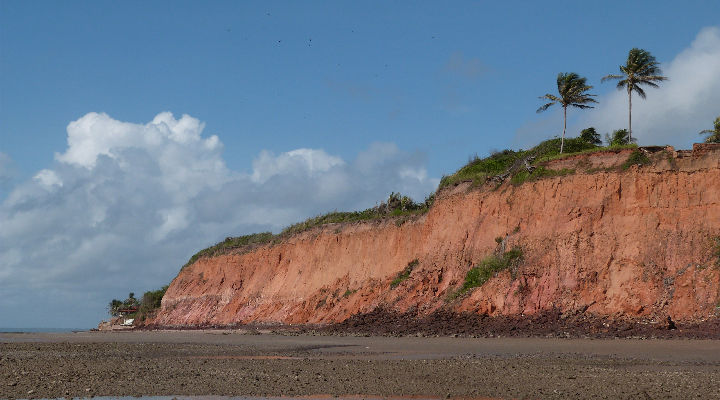
“The communities of the coastal areas of Maranhão, Brazil, depend upon plentiful fish stocks to survive. At Panaquatira, a small coastal village, they skilfully combine modern techniques with pre-Columbian practices to feed their families, while at the same time they preserve a cultural practice that has being going strong for potentially more than 3,000 years.”
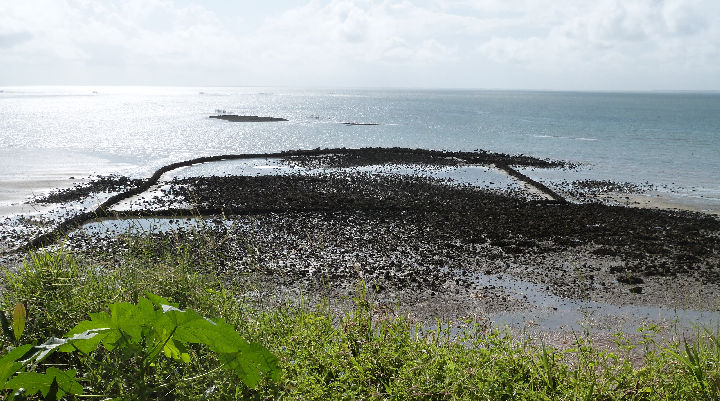
“Locally known as camboas de pedra, many intertidal fish traps are built from ironstones, collected at the bottom of the coastal cliffs. Tidal oscillation allows fish to enter at high tide and to be trapped as the water recedes. In these traps you will find all kinds of fish and shellfish living along the coast, such as weakfish, mullet, cutlass, sardine, and shrimps. This technique has been used for centuries and was first described by French explorers that attempted to colonise this area in the 17th century.”
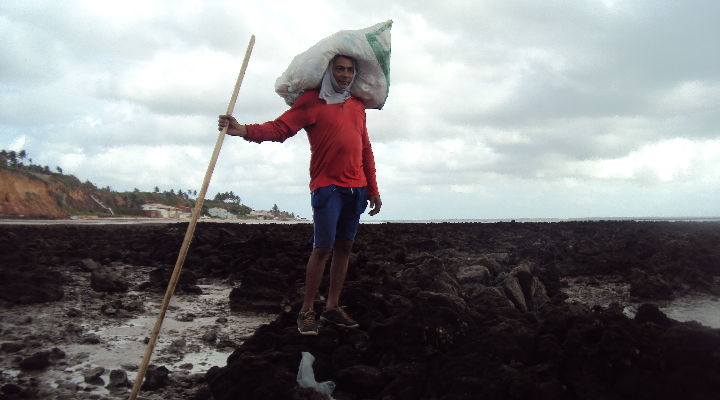
“The impact of these fishing methods, as well as their economic and social relevance for community livelihoods, has so far been undocumented, and yet they have the potential to support community development and alleviate severe poverty.”
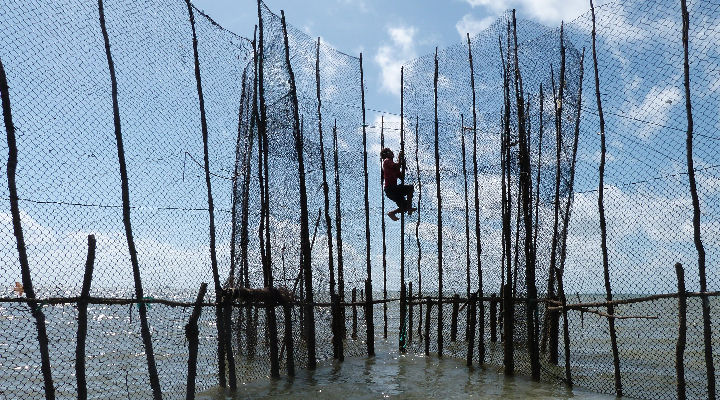
“Local people also build fish traps using organic materials (curraos). These tidal fences or weirs are made with poles collected in mangroves and netting made of all kinds of materials; first plant fibres and in modern times telephone and electrical wires. The building and maintenance of these structures requires a high degree of skill and knowledge. Our research focuses on trying to find out how far back in the past these techniques go.”
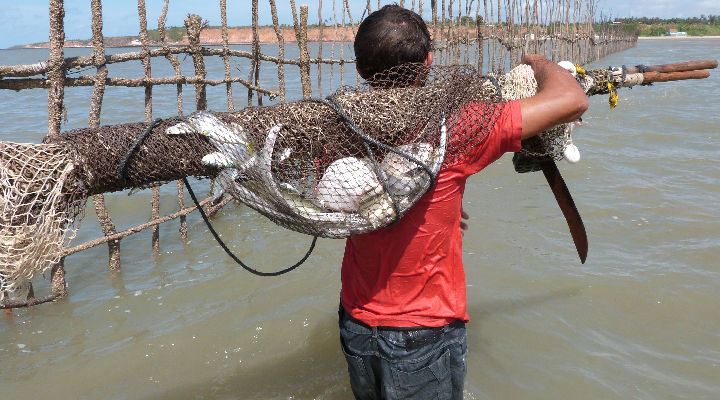
“We have been working with local fishing communities to assess the socio-economic importance of fish traps for small-scale coastal communities. We set up a field school to elicit indigenous knowledge on coastal resource usage and management, which enabled mutual learning.”
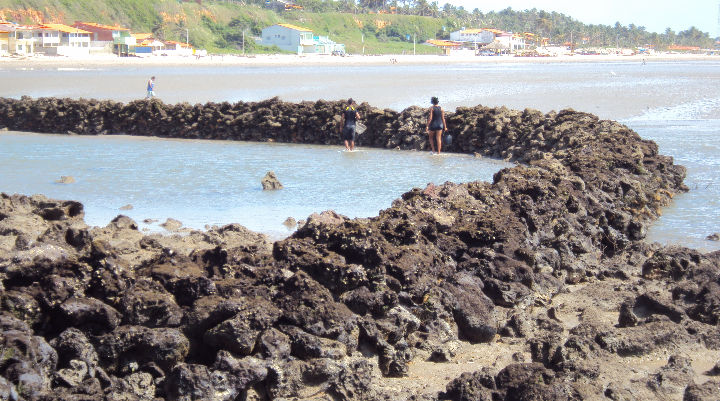
“One of the important aspects of our work is looking at the impact that coastal archaeology and human ecology can have on bridging past and modern fishing practices as a pathway to increase our understanding about environmental and economic sustainability in the region.”
For more information about the project please vist: http://antiquity.ac.uk/projgall/colonese344
Comentários
Nenhum comentário realizado até o momentoPara comentar, é necessário ser cadastrado no CEV fazer parte dessa comunidade.